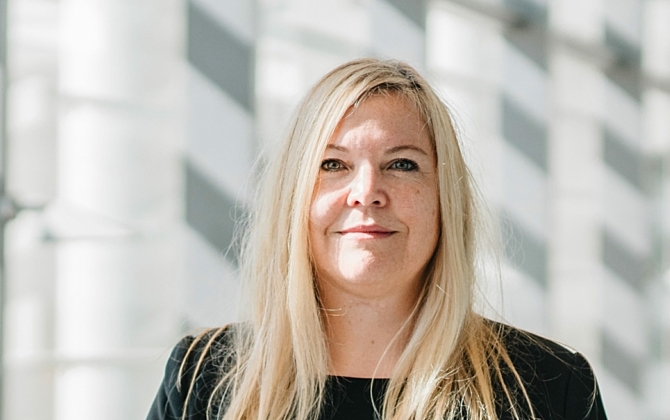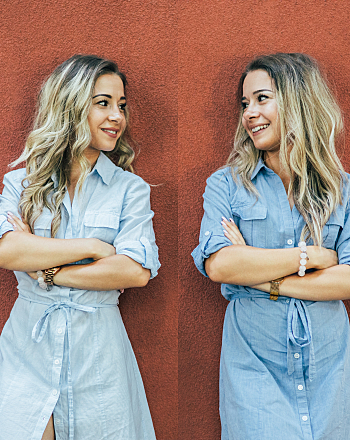International collaboration between NeuRA and University of Alabama, USA
A person with a complete spinal cord injury cannot feel touch. Recent research findings from NeuRA’s Dr Sylvia Gustin have shown evidence for a new category where touch information is being forwarded from the periphery (e.g. the big toe) to the brain despite the patient not being able to ‘feel’ the sensation. This new category, called ‘discomplete spinal cord injury’, requires a new approach to rehabilitation.
Together with Corey Shum and Associate Professor Zina Trost (University of Alabama, USA), Dr Gustin is developing a novel approach of Virtual Reality Walking Intervention (VRWalk) to enhance both the surviving sensory spinal nerve pathways and the touch signal in the brain in people with a discomplete spinal cord injury to finally restore the perception of touch.
The VRWalk intervention is facilitated by a commercially-available head-mounted display and wearable wrist sensors equipped with lightweight accelerometers. These detect participant’s arm movement during gait motion, translating arm swings into synchronised leg movement in the virtual world.
Participants’ arms and legs are represented from a first-person perspective in a fully immersive 360-degree virtual scene. System mechanisms function to optimally map participant’s actions to those of the virtual avatar, ensuring that virtual motion is directly related to participant intent (and moderating vestibular discomfort). The system dynamically adjusts sound and haptic feedback from virtual “footfalls”, accounting for scene characteristics.
Gaming elements are central to the VRWalk design both to facilitate goal-directed activity through interaction with VR world objectives and to engage active interest. Optimal kinematic configuration in the virtual environment and relationship between physical and virtual body were addressed as part of initial testing by spinal cord injury stakeholders.
“Our primary aim is to examine whether a 20-day course of 30-minute VRWalk intervention offers clinically meaningful restoration of touch perception in people with discomplete spinal cord injury,” says Dr Gustin.
The research team will also use neuroimaging data, focusing specifically on changes in brain areas which represent touch and movement.
As a result of these developments, the research will provide the evidence base to develop new policies for diagnostic classification of spinal cord injuries, e.g. including discomplete injuries, not only in Australia but globally. This would be a game changer and provide a new future for close to 50 per cent of all people currently living with a complete spinal cord injury.
If you are interested in finding out more about the Avatar Project and when it will launch in Australia please e‑mail
Dr Sylvia Gustin
email hidden; JavaScript is required




